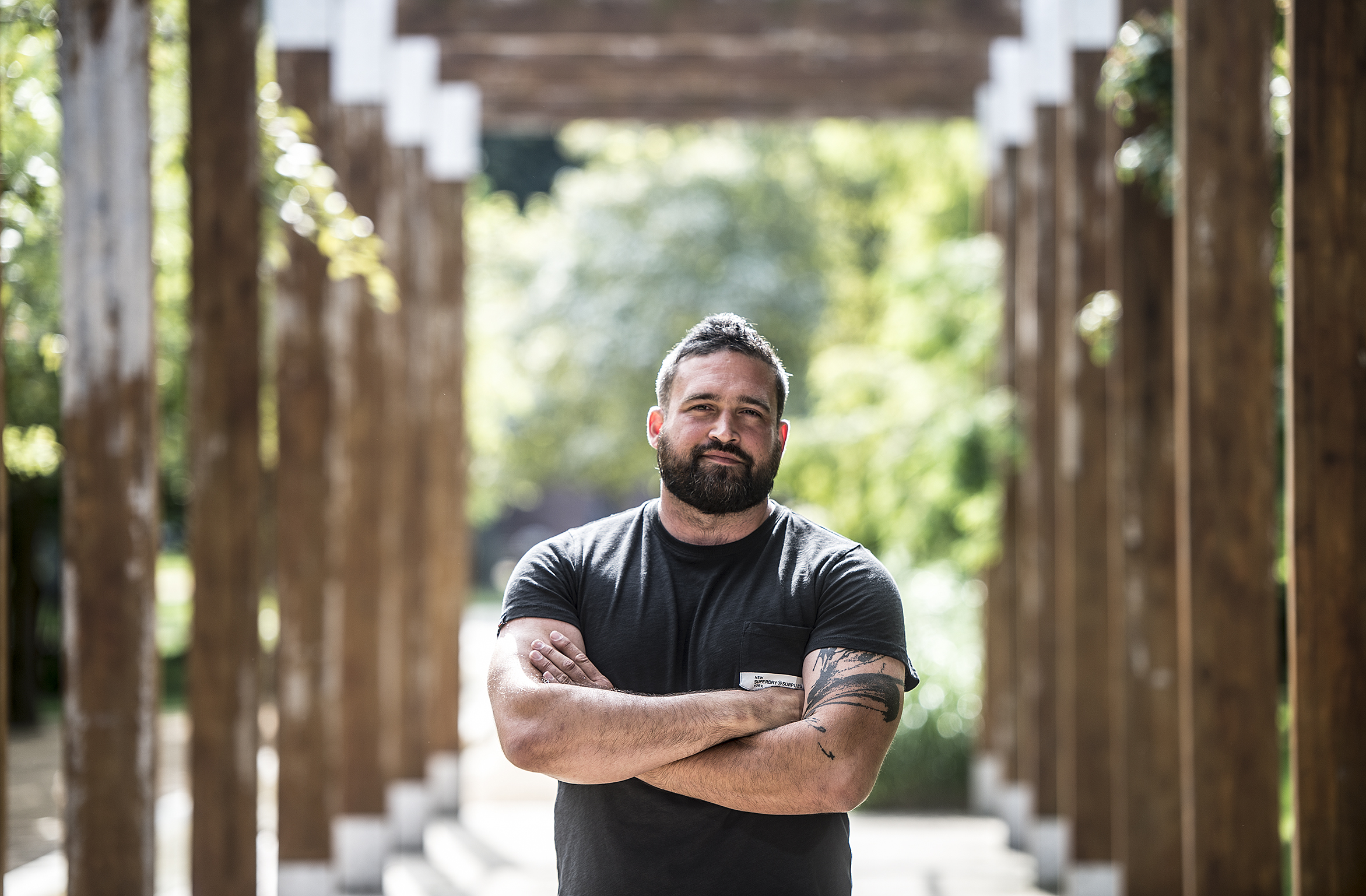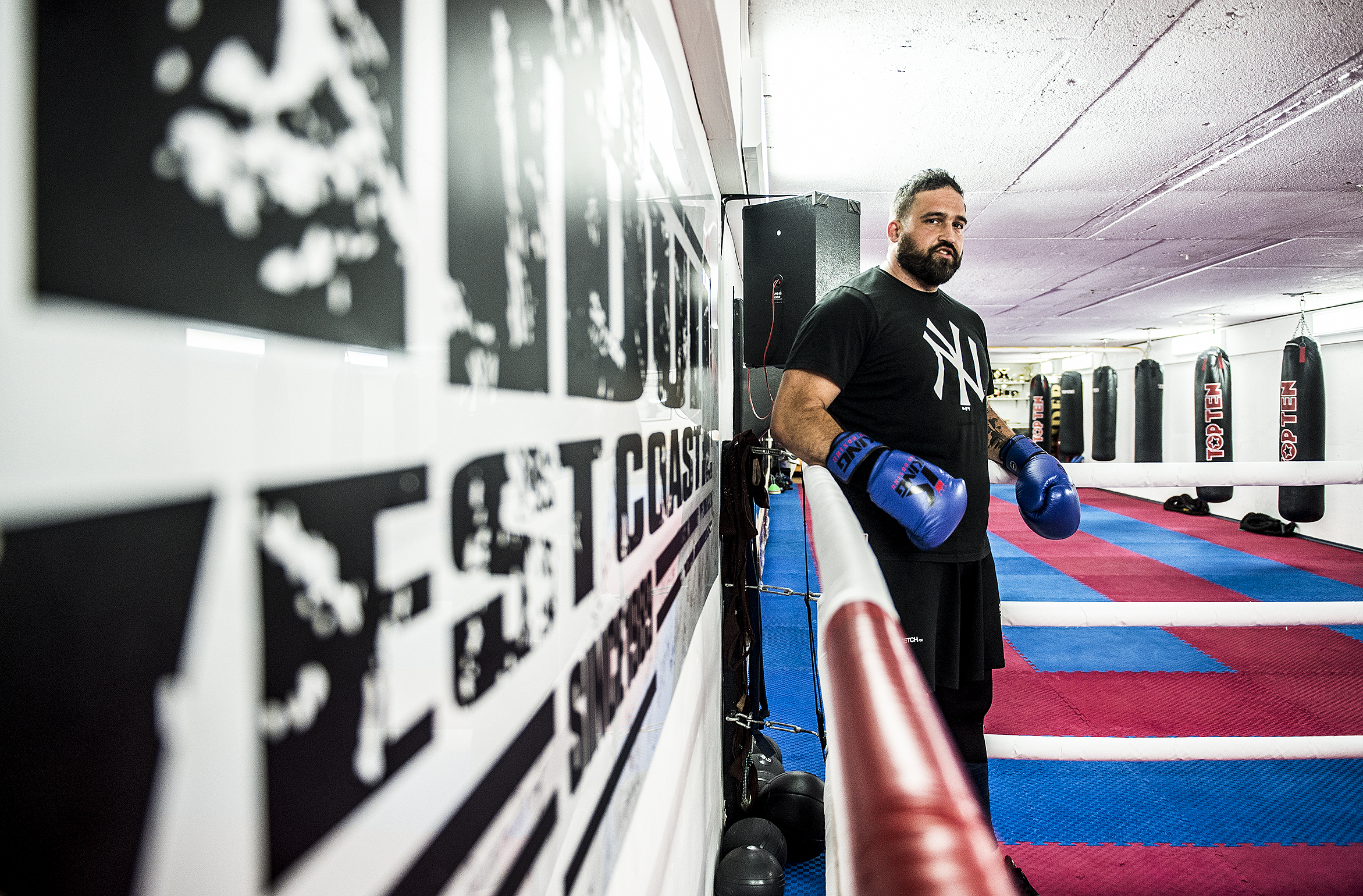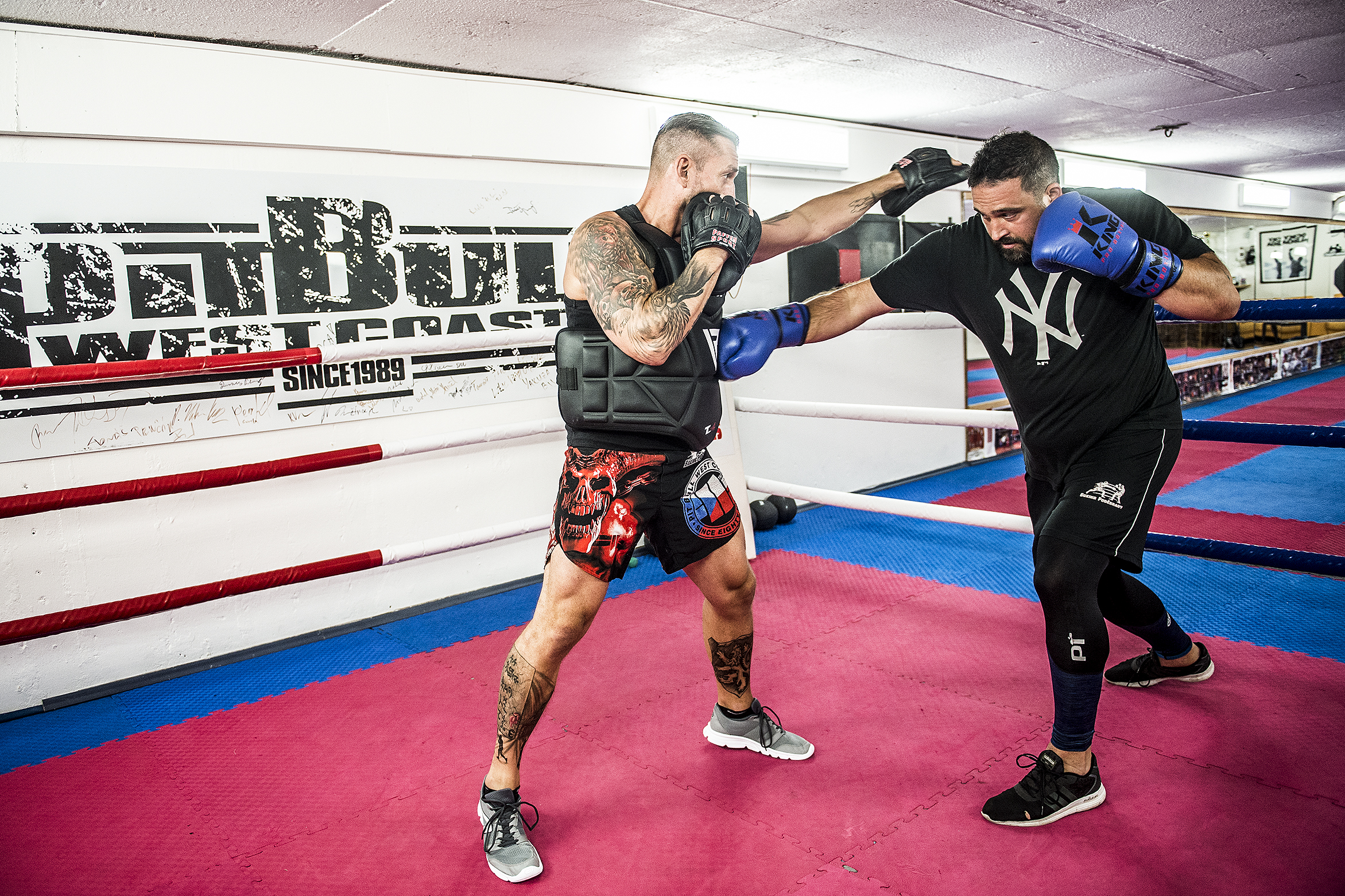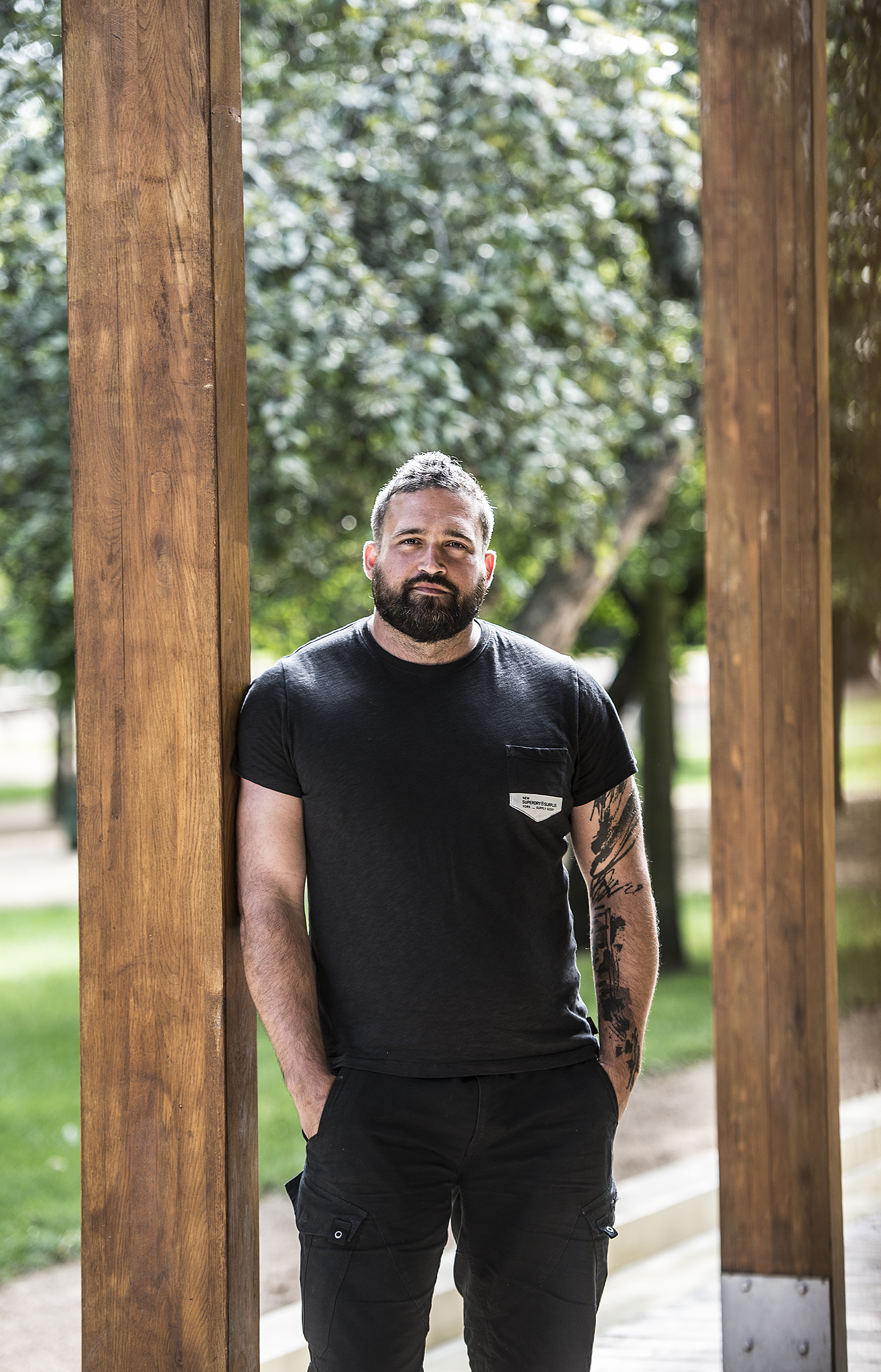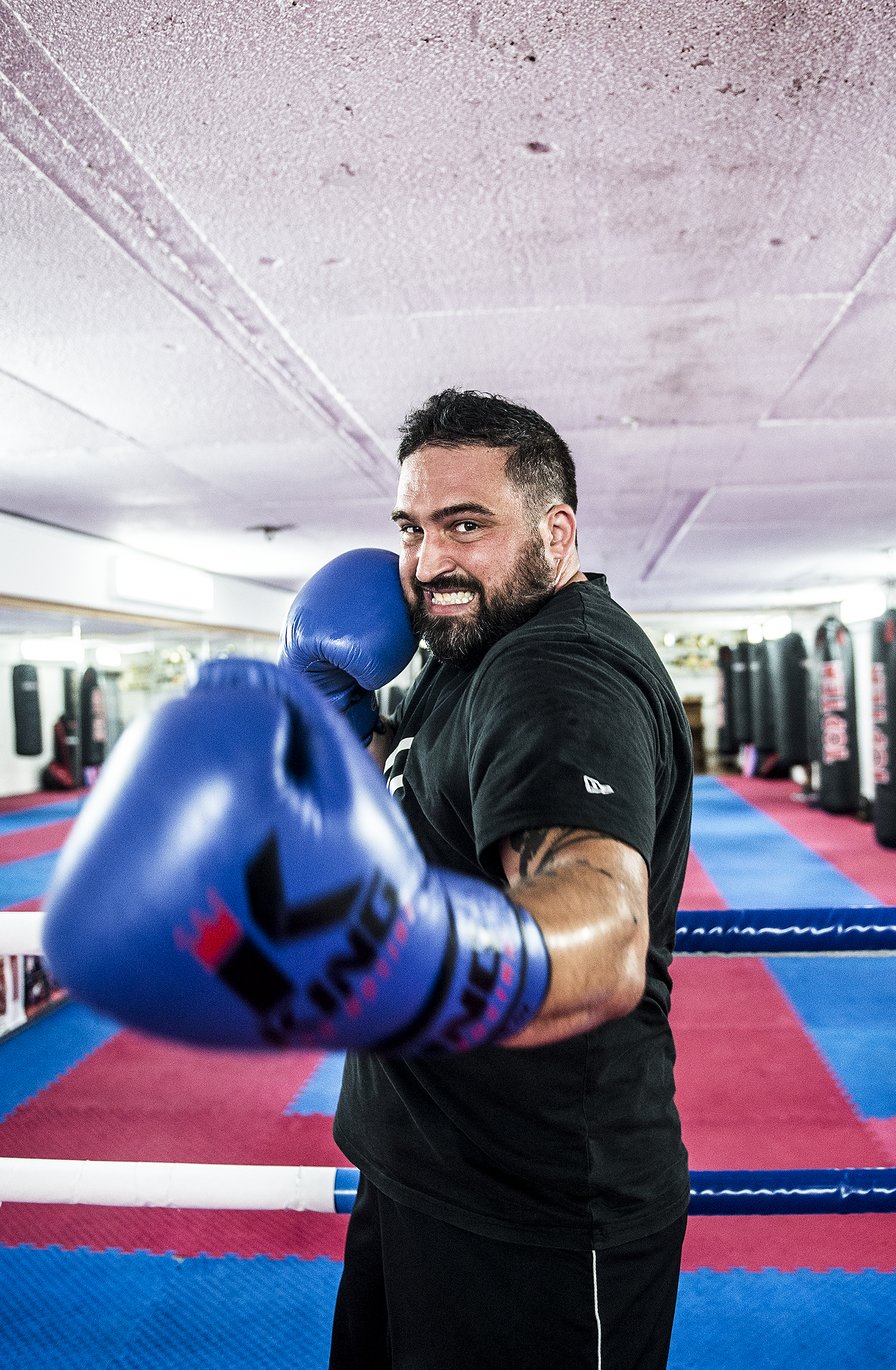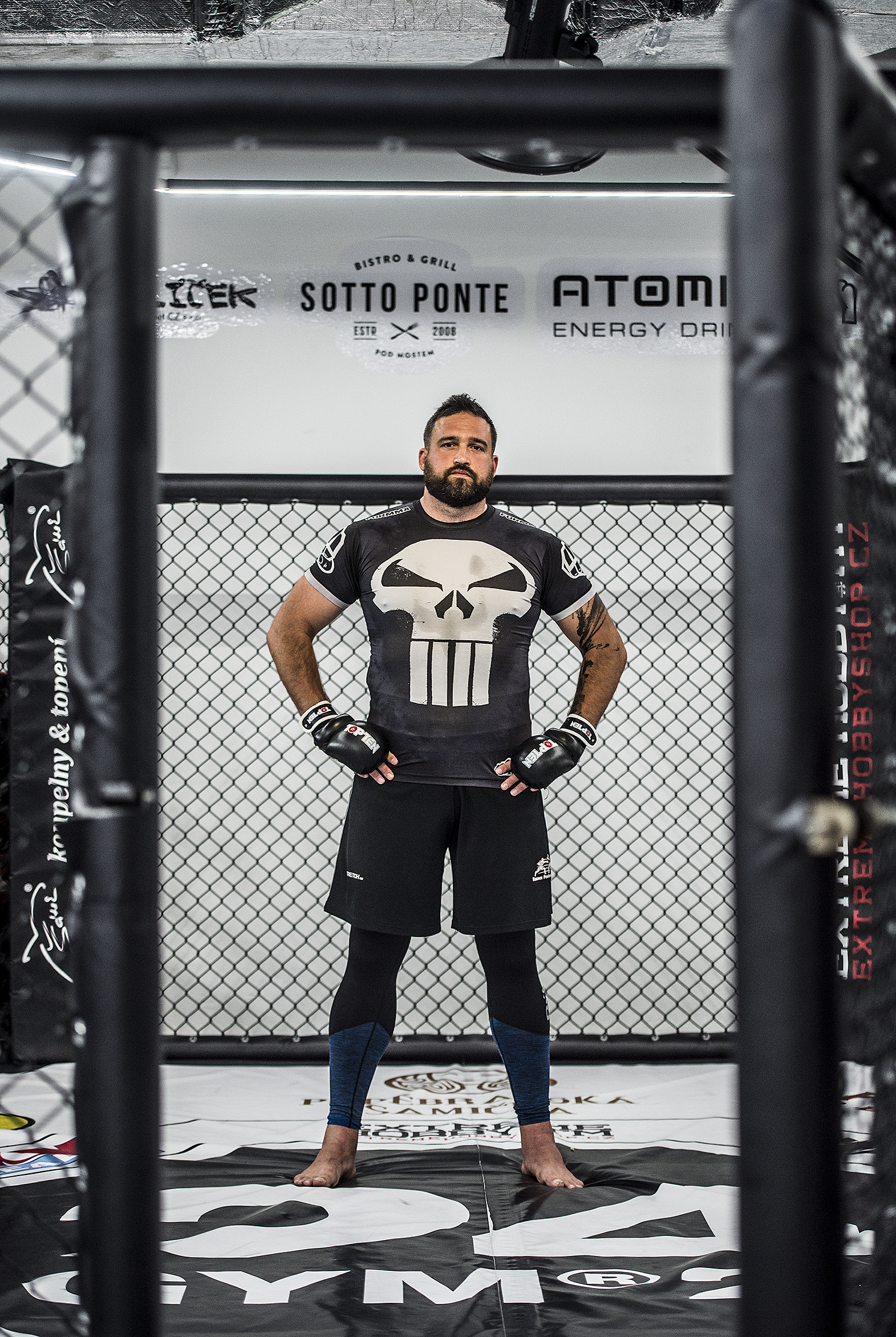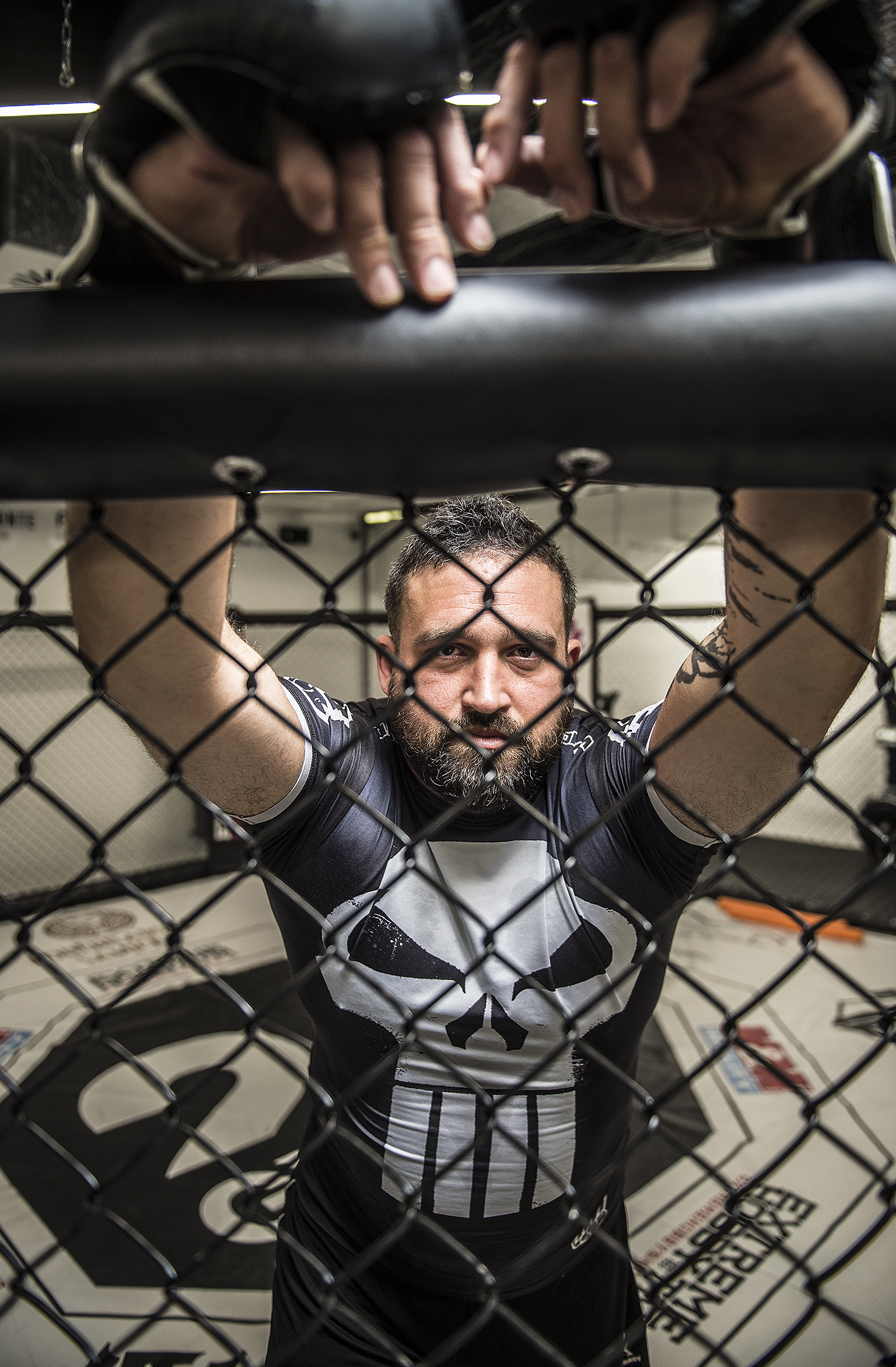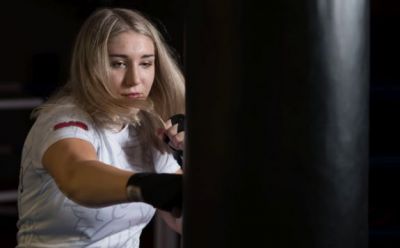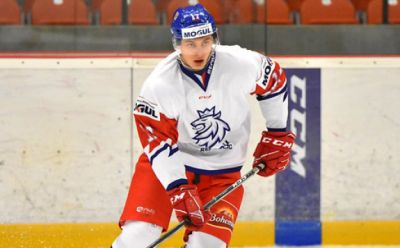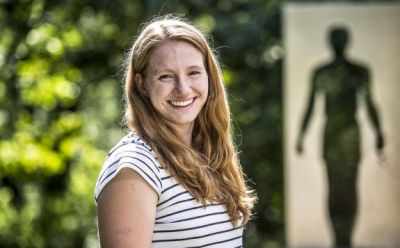He has degrees from three universities, worked for a couple of years for the Office of the Government of the Czech Republic, lectures at CU’s Faculty of Law, and works with the Academy of Sciences and universities in Helsinki and Copenhagen. His next ambition, though, is decidedly non-academic: he wants to fight in mixed martial arts (MMA). Meet Petr Agha.
“A lot of us form premature opinions about things we’ve never even experienced or tried. Some people think, for example, that martial arts are unnecessarily brutal. Maybe fights and training sessions are brutal, but you’re constantly pushing the boundaries of what you’re able to take and what you can deliver. You gradually accept it, and your body and mind adapt,” says Petr Agha about aspects that attract him to martial arts.
His opinion? That people should be exposed to situations outside of their “comfort zones.” In his case, that means outside of the academic environment: “It’s a bubble.” Most of his colleagues at the Faculty of Law understand his love of martial arts at least a little: “It might seem strange to some while some kind of like it, while others condemn it,” Agha says.
His path into the ring took quite a long time: as a child, he was not an avid athlete. “I always preferred books and stories. It’s true that I tried tennis, and then I played basketball in school. At the time, my coaches said I played primarily with my head, which only confirms that my relationship with movement has never been completely positive,” the rugged lawyer laughs.
Street fighting in Belfast
His desire to try contact martial arts re- ally matured after his experience in Belfast in Northern Ireland, where he spent 14 months on a scholarship from the British government. “Even years later, there are clear consequences of the Irish struggle for independence; the city still has a slightly aggressive atmosphere. All it takes is a couple of drinks and suddenly forgotten wrongs are awakened.
Local toughs attacked me three times in the street just because they wanted to fight. I never felt threatened back in Prague or Brno, so this was a shock. And I felt like I should learn how to defend myself in situations like that.”
After returning to Moravia, Agha typed “boxing Brno” online and chose a local Muay Thai boxing club. “Boxing seemed ideal to me in the beginning. I thought that it’d be the least physically demanding,” he says, laughing about his naïveté. Nothing could have been further from the truth: “I nearly passed out during my first training session. The next day I came back thinking I’d get over the fatigue but it turned out I couldn’t get out of bed! My back was out and I ended up in hospital on an IV drip,” he admits. Two weeks later, Agha was back and he has scarcely taken time off from the world of martial arts ever since – “In a short period of time I lost almost 15 kilos and it felt really good.”
Van Damme’s old stomping grounds
On another scholarship – this time in Antwerp, Belgium – Agha found another gym for his training sessions. “I lived in a neighbourhood they called the Gaza Strip.” To the left of the main street the upper class and scions of wealthy families enjoyed their lives, and on the other side people lived in far more modest conditions. Arabs, Bulgarians, Poles and Jews – a very multicultural environment! There was a local gym, Bushido, which was known as home for only the hardest tough guys there are. It was in a kind of garage, and was led by a man who started in ’80s kickboxing alongside the action film star Jean-Claude Van Damme. He trained several world champions,” Agha recalls.
“It was hard, but I learned a lot. I ran into a number of great fighters there. One of my sparring partners was Jamal Ben Saddik.” [Editor’s note: the Moroccan-Belgian heavyweight kickboxer nicknamed Goliath, who was number two in the world last year]. Although he worked in Antwerp for three years, he never signed up for a proper fight. “Training was itself so brutal that I honestly never even thought about a real fight.”
Paradoxically, it was not there but back in the Czech Republic that Agha suffered fairly serious injuries: Luboš Raušer, the world champion in Thai boxing, hit him in the head so hard with a kick that it cracked his skull. “At that time I really stopped and thought to myself that martial arts might not be the right thing.” After that, he gave up training for a while and didn’t get back in the ring until he moved with his family to Poděbrady, some 60 kilometres east of Prague, where he took up classical boxing at a famous local venue.
Victories and defeats
To date, Agha has three official boxing matches under his belt. In the very first, he learned that even with excellent physical training, the hardest part is over- coming mental barriers. “Boxing manager Dan Vencl says that when you get in the ring, you lose up to 70% of what you trained for: your mind is suddenly paralysed. Imagine you’re standing in a packed hall for the first time, they play the ringwalk song, the lights are shining, and 900 people around you are screaming! I was so out of it that after the match I didn’t even recognise the referee in charge,” Agha recalls. He overcame the pressure and won on points. Since then he has boxed in two more matches, winning one and losing the other. In 2016, he came up short against Václav Mikulášek – a tough guy with the nickname of Baba Yaga, now waiting for a long-awaited cage match with the best-known fighter in the Czech Republic, Karlos Vemola.
“Even though I lost at the time, I didn’t really mind because I was satisfied with my performance overall. The worst part is when you feel like you haven’t prepared enough for a fight. When you let yourself down,” he says.
The fighter only sees classical boxing as an extra but not his main focus: Thai boxing is where his heart truly lies. Ultimately, his goal is to go even beyond that, to get into the cage in an MMA match. “Boxing and Thai boxing are basically sports where you can hide behind your gloves, exhale, get stuck in a clinch… But MMA is closest to a real struggle for life. And that’s what attracts me the most: the rush of adrenaline and the fact that everything is at stake. It’s an intense struggle on a knife’s edge.”
Petr Agha has been involved in martial arts for 10 years now, and aside from the cracks in his skull, he has broken ribs three times, his nose once, and has suffered problems with his knee. But he wouldn’t trade it for anything in the
world: “You really have to ‘swim’ in a slightly tougher environment. While it is tough, he says it is not true that martial arts lead to aggression but the opposite: fighters get their aggression out and acquire discipline and greater respect for others. Above all, Agha says fighting teaches participants to “roll with the punches” which he says is “absolutely essential” in life.
| Petr Agha, Ph. D. |
| Petr Agha lectures at the Department of Political Science and Sociology at the CU Faculty of Law. He is the author of several books. He graduated in law from Masaryk University in Brno, from Queen’s University Belfast and from the University of Antwerp. He has also worked on the issue of human rights as a contributor to the Office of the Government of the Czech Republic from 2003 to 2008. He is also, newly, a visiting lecturer at the University of Copenhagen. |
